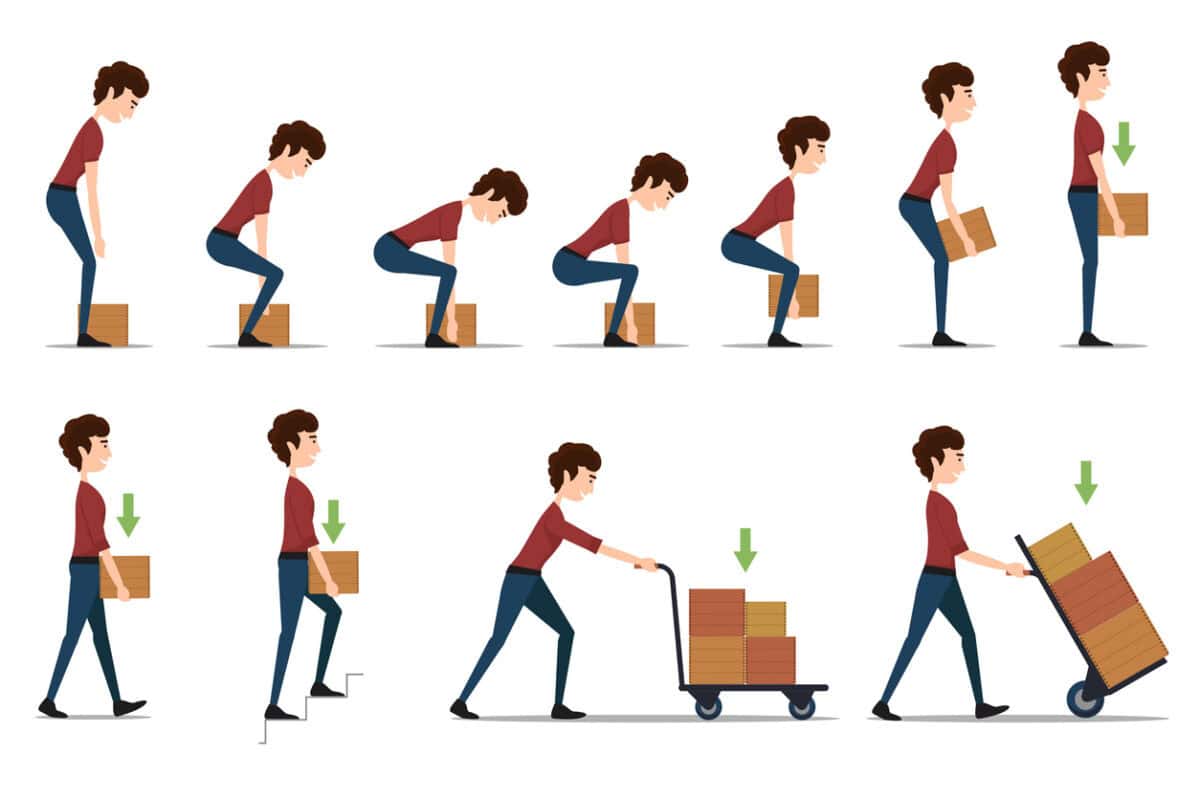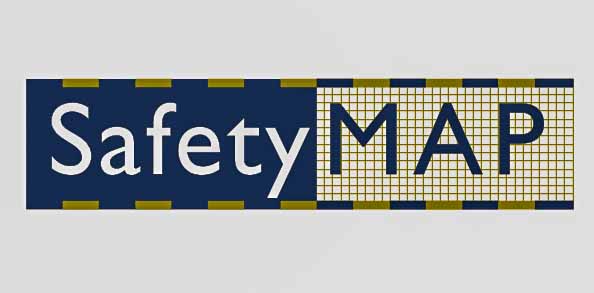Is tripartite consultation still the way to go?
Australia's recently announced review into model OHS laws is firmly bound by the tripartite consultative structure formalised by Lord Robens in the early 1970s and comprising government, uniuons and employers. This is a sensbile structure as it involves all of the major influences in Australian workplaces. But just how relevant is it now, thirty years later?






